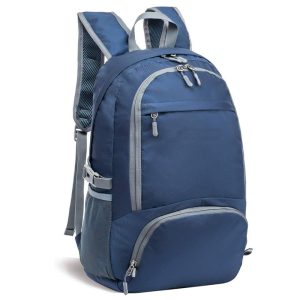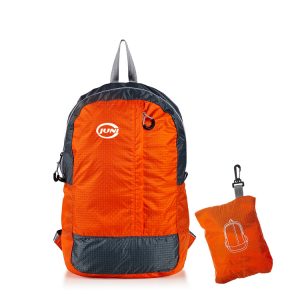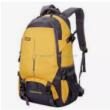Some parents buy schoolbags just thinking about which ones are cheaper. As a result, cheap schoolbags not only have a short lifespan, but also have poor patterns. Of course, their babies don’t like them. This will easily affect the baby’s emotional problems. How can I buy a school bag suitable for my baby? And what should I pay attention to when buying schoolbags?
What to pay attention to when buying school bags
1. Choose broadband and shoulder pads. If there is a weight belt on the schoolbag, it is even better. It can evenly distribute the pressure without causing excessive damage to the back and shoulders.
2. Do not have too many pockets and meshes on the schoolbag, otherwise it is easy to be hooked by sharp objects and cause danger; avoid too many metal buckles or metal zippers on the schoolbag. Excessive metal accessories may increase the weight of the schoolbag. Injury to the lower back.
3. Consider small schoolbags. Choose the smallest schoolbag that can hold your child’s books and stationery. Generally speaking, the schoolbag should not be wider than the child’s body; carry it on the body, and the bottom of the schoolbag should not be lower than the child’s waist 10 cm.
4. Check the various parts of the schoolbag, preferably with more partitions. This can not only play the role of classifying textbooks and various stationery, but also make the weight of the schoolbag uniform.
5. It is best to have a soft pad on the back of the backpack. The soft pad has pits to help dissipate heat, so that the child will not “sweat back” when carrying it.
6. Consider the material of the schoolbag. Choose a schoolbag made of lightweight nylon or canvas instead of leather or other heavy materials. SKU-5
How to choose school bags
1. Buy tailor-made.
Pay attention to whether the size of the schoolbag is suitable for the height of the child. Consider the small schoolbag and choose the smallest schoolbag that can hold your child’s books and stationery. Generally speaking, the schoolbag should not be wider than the child’s body; carry it on the body, and the bottom of the schoolbag should not be lower than the child’s waist 10 cm. When carrying the schoolbag, the top of the schoolbag should not be higher than the child’s head, and the waist belt should be placed between 2-3 inches from the waist. The bottom of the schoolbag is the same height as the lower back, and the schoolbag is located in the middle of the back, not on the bottom.
2. Pay attention to design.
Parents cannot ignore whether the internal design of the schoolbag is reasonable when buying schoolbags for their children. The internal space of the schoolbag is reasonably designed. It can classify children’s various books, stationery, and daily necessities, which can cultivate children’s storage and organization skills from an early age, and allow children to develop good habits.
3. The material should be light.
The material of children’s schoolbags should be light. This is a good explanation. Since students have to carry a large number of books and items back to school, in order to avoid the increase of students’ load, schoolbags should be made as light as possible. Main Picture-5
4. Shoulder straps should be wide and wide.
The shoulder straps of children’s schoolbags should be wide and wide. This is also easy to explain. We have all carried schoolbags. If the shoulder straps are very narrow, plus the weight of the schoolbag, it is easy to hurt the shoulders if they are carried on the body for a long time; the shoulder straps should be wide. It helps to reduce the pressure on the shoulders caused by the schoolbag, and can evenly distribute the weight of the schoolbag; and the padded shoulder straps can reduce the strain on the trapezius muscle caused by the schoolbag. If the shoulder straps are too small, the trapezius The muscles will be more prone to fatigue.
5. A belt is available.
Children’s schoolbags should be equipped with a belt. The previous schoolbags rarely have such belts. Using a belt can make the schoolbag closer to the back and unload the weight of the schoolbag evenly on the waist bone and the disc bones.


























